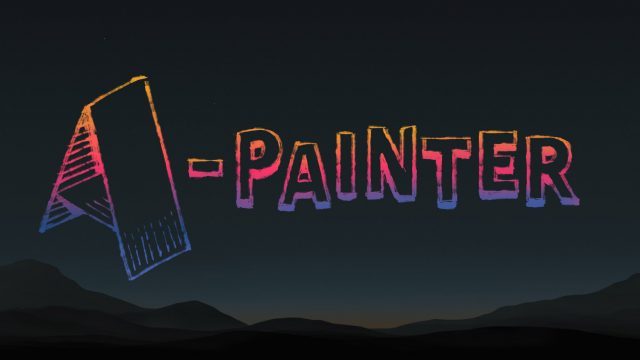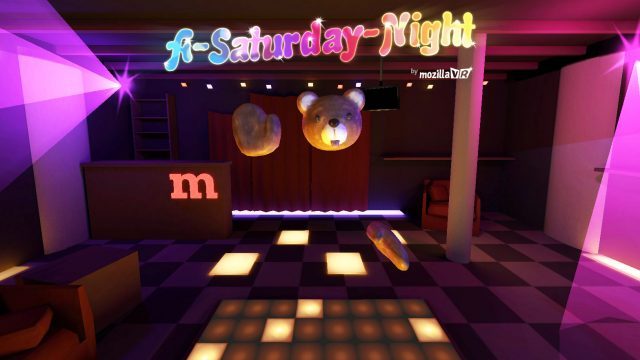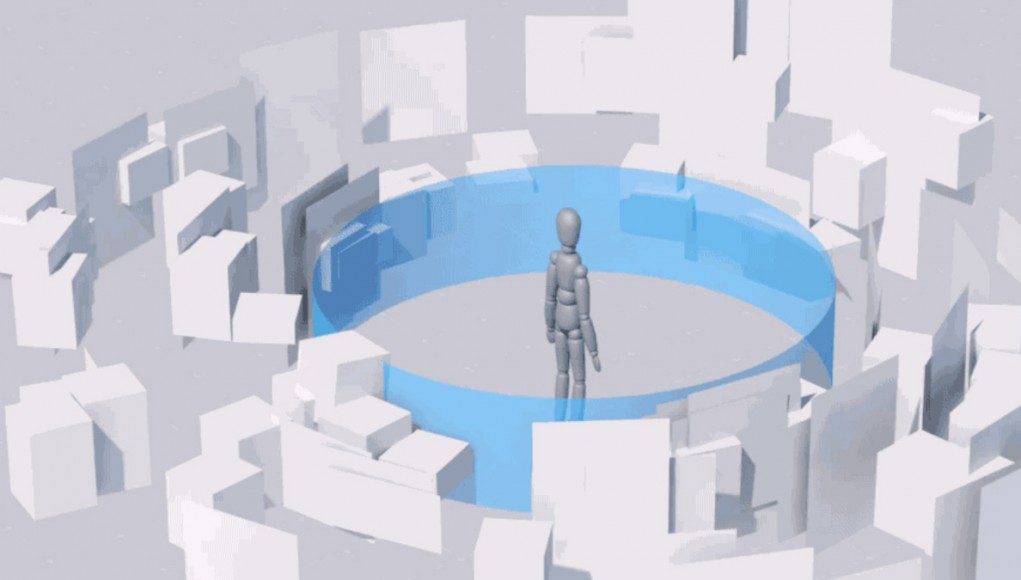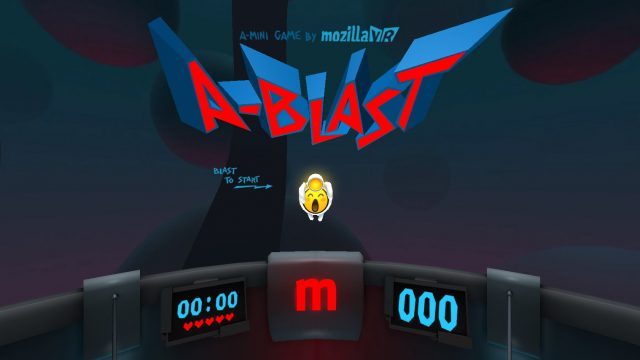Now that the latest release of Firefox supports WebVR on the Vive and Rift by default, you may be wondering what you can do with it. Here’s three examples worth checking out.
It’s still early days for WebVR; the capabilities, development tools, and what it’s all best used for is still rapidly changing and evolving. Still, WebVR offers the promising opportunity to seamlessly visit a WebVR enabled website and then put on your headset and be in VR right away—no big downloads or separate apps and installations.
If you’ve got a Rift or Vive installed on your PC and you’re running the 64-bit version of Firefox (version 55 or later), you’ve already got everything you need to experience WebVR content. Since WebVR is new (and free), much of what’s out there is still very much demo and experimental content, but several exceptional examples demonstrate why we should all be excited for the possibilities of VR on the web. Here’s three worth trying, built by Mozilla’s VR team and based on their A-Frame WebVR framework, all of which are designed for motion controllers.
Before You Get Started:
To make sure you’re on the right version of Firefox click the menu icon in Firefox, then the question mark icon at the bottom of the menu, then select About Firefox. There you will be able to see the current version (including whether it’s 32-bit or 64-bit). If you aren’t yet on version 55 or later, you may see an update button, or you can redownload Firefox here, which should pull down the latest version. Make sure to select the 64-bit version during the installation.
Entering WebVR Experiences:
When you load a WebVR enabled website, you’ll need to explicitly enter the site’s VR mode. Most WebVR websites will have a button that says ‘Enter VR’ or appears as an icon of a VR headset.
Note that if you can’t hear the WebVR experience, you may need to manually switch the Windows audio source to your headset’s headphones.
A-Painter
 The Mozilla VR team says they are “hardcore fans of Tilt Brush,” and its ability to easily show VR’s power as an expressive medium inspired them to create a WebVR app inspired by the game.
The Mozilla VR team says they are “hardcore fans of Tilt Brush,” and its ability to easily show VR’s power as an expressive medium inspired them to create a WebVR app inspired by the game.
A-Painter lets you paint in the air just like Tilt Brush, with over 30 different brushes (and an extensible design to allow people to add custom brushes). The interface for adjusting each brush’s color, tone, and size is surprisingly functional, and you can share your drawings by simply sharing a URL like you would any other link. You can even drag and drop images and .obj objects into A-Painter to use them as references for your artwork.
From a performance standpoint, A-Painter feels just like a native VR app that you’d run out of Steam or the Oculus library, but it’s really coming right out of your browser, served fresh from the web.
A-Blast
A-Blast is a simple wave shooter where you’ll use dual laser blasters to shoot flying enemies in an effort to get a high score. Don’t feel bad about shooting the cute enemies though, they’ll be trying to kill you too 😈.
A-Saturday Night
 A-Saturday Night is a fun little WebVR experience that invites you to get your groove on. You can choose between four avatars and you’ll be given 15 seconds to get down to the beat. Your dance moves are recorded and at the end you can share your masterful (or not) dancing by simply copying and sharing a URL for others to view.
A-Saturday Night is a fun little WebVR experience that invites you to get your groove on. You can choose between four avatars and you’ll be given 15 seconds to get down to the beat. Your dance moves are recorded and at the end you can share your masterful (or not) dancing by simply copying and sharing a URL for others to view.
– – — – –
That’s just a small selection of some good examples of WebVR demo content. Know any others that people should check out? Let us know in the comments!
Interested in building your own WebVR experiences? The three above were all built with Mozilla’s A-Frame WebVR framework, which is free to use and offers helpful examples and documentation.








